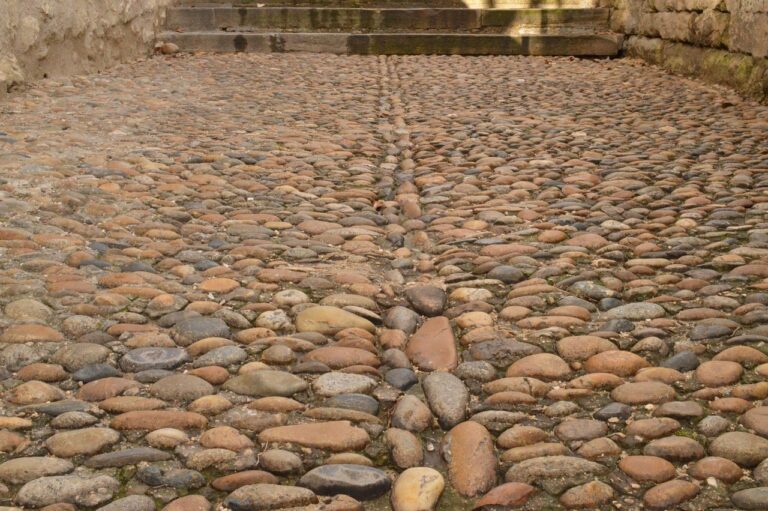The revival of traditional dance through cultural tourism
Cultural tourism has become a growing trend in the travel industry, with more and more people seeking authentic experiences that allow them to immerse themselves in the local traditions and customs of a destination. One aspect of cultural tourism that has been gaining popularity in recent years is the revival of traditional dance. Through dance, communities are able to preserve their heritage, pass down their stories and traditions to future generations, and create a sense of identity and pride.
The Importance of Traditional Dance
Traditional dance is an integral part of many cultures around the world. It serves as a form of artistic expression, a way to celebrate important events and milestones, and a way to connect with one’s ancestors and heritage. In addition to its cultural significance, traditional dance also has numerous physical and mental health benefits. It helps improve coordination, balance, and flexibility, while also reducing stress and increasing feelings of happiness and well-being.
The Role of Cultural Tourism
Cultural tourism plays a crucial role in the revival of traditional dance. By incorporating dance performances into cultural tours and activities, communities are able to showcase their unique heritage and traditions to visitors from around the world. This not only helps generate income and support for local artisans and performers but also raises awareness and appreciation for the cultural significance of traditional dance.
Examples of Traditional Dance Revival
One example of a successful traditional dance revival through cultural tourism is the Flamenco dance in Spain. Flamenco, a highly expressive and emotional dance form, has been a symbol of Spanish culture for centuries. Through cultural tourism initiatives such as flamenco shows, dance workshops, and festivals, the Flamenco community has been able to preserve and promote their art form to a global audience.
Another example is the Maori Haka dance in New Zealand. The Haka, a powerful and intimidating war dance performed by the Maori people, has become a popular cultural attraction for tourists visiting New Zealand. Through cultural tours and performances, the Maori community has been able to showcase their traditional dance and educate visitors about its significance in Maori culture.
The Impact of Traditional Dance Revival
has a positive impact on both the local communities and the global audience. It helps preserve and promote cultural heritage, create economic opportunities for artists and performers, and foster cross-cultural understanding and appreciation. By participating in cultural tourism activities that include traditional dance, travelers are able to support local communities, learn about different cultures, and create lasting memories of their travel experiences.
Challenges and Opportunities
While the revival of traditional dance through cultural tourism has many benefits, there are also challenges that communities may face. These include issues such as cultural appropriation, commercialization, and the need for sustainable tourism practices. It is important for communities to prioritize the preservation and promotion of their cultural heritage while also ensuring that their traditions are respected and protected.
Future Trends in Traditional Dance and Cultural Tourism
As the demand for authentic cultural experiences continues to grow, the future of traditional dance in cultural tourism looks promising. Communities around the world are finding innovative ways to showcase their traditional dance forms to a global audience, whether through virtual performances, interactive workshops, or immersive cultural experiences. By embracing the power of traditional dance, communities are able to connect with visitors on a deeper level and create meaningful experiences that celebrate their heritage and traditions.
FAQs
Q: How can travelers support the revival of traditional dance through cultural tourism?
A: Travelers can support the revival of traditional dance by participating in cultural tours, attending dance performances, and purchasing handmade crafts and products from local artisans.
Q: What are some examples of traditional dance forms that have been successfully revived through cultural tourism?
A: Examples include the Flamenco dance in Spain, the Maori Haka dance in New Zealand, and the Samba dance in Brazil.
Q: What are the benefits of traditional dance revival for local communities?
A: The benefits include preserving cultural heritage, creating economic opportunities for artists, and fostering cross-cultural understanding and appreciation.
Q: How can communities ensure that their traditional dance traditions are protected and respected in the context of cultural tourism?
A: Communities can establish guidelines and regulations for cultural tourism activities, educate visitors about the significance of their traditions, and collaborate with tourism stakeholders to promote responsible tourism practices.







